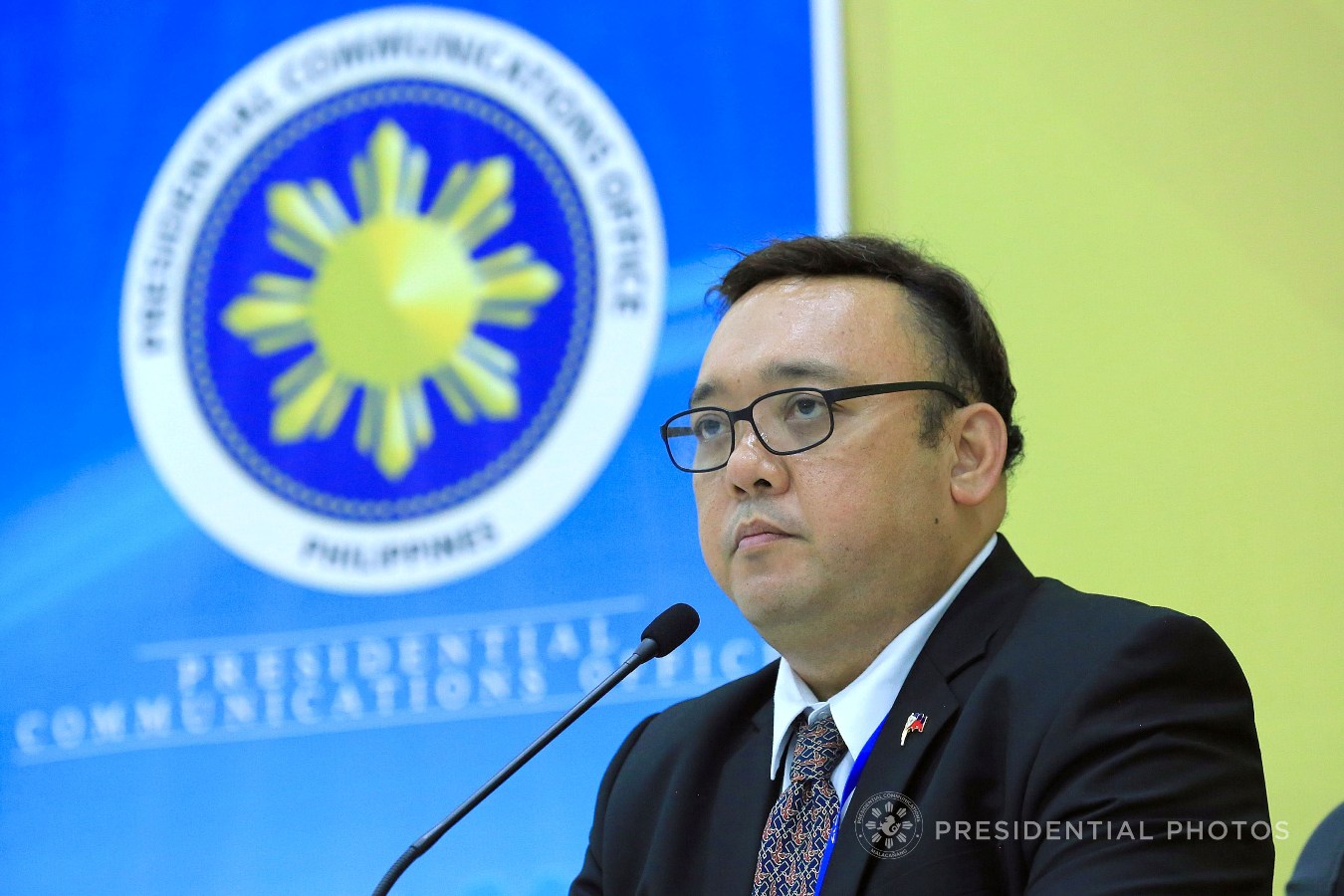
As an addition to the developments of the dispute between the Philippines and China, the Philippine government rejected China’s move of naming five undersea features in the Philippine Rise formerly known as Benham Rise.
“We object and do not recognize the Chinese names given to some undersea features in the Philippine Rise,” Presidential Spokesperson Harry Roque, Jr. said in a statement on February 14.
Roque added that the government has already contacted China on the matter.
“Per our Philippine embassy in Beijing, they have already raised our concern to China,” he said.
He then mentioned that they are ‘considering’ a recommendation to inform the Sub-Committee on Undersea Feature Names (SCUFN) under IHO-IOC GEBCO about the concern.
The Chinese government submitted the names Jinghao Seamount (found at about 70 nautical miles east of Cagayan province), Tianbao Seamount (found at about 70 nautical miles east of Cagayan province), Haidonquing Seamount (found at about 190 nautical miles east of Cagayan province), Cuiqiao Hill, and Jujiu Seamount.
Furthermore, according to a Facebook post by Dr. Jay Batongbacal, director of the University of the Philippines (UP) Institute for Maritime Affairs and Law of the Sea, the International Hydrographic Organization-Intergovernmental Oceanographic Commission General Bathymetric Chart of the Oceans (IHO-IOC GEBCO) approved the said names.
He said that three of the undersea features were reportedly discovered during a survey by the China Navy Hydrographic Office’s Li Siguang Hao in 2004, while the names were submitted in 2014.
The other two were also reported to be discovered by the same vessel during the same survey. However, the proposed names were submitted in 2016, by the China Ocean Minerals R & D Association.
“All are within 200 nautical miles of the east coast of Luzon, not in the region of the extended continental shelf, but well within the ‘legal’ continental shelf,” Batongbacal said.
2 comments on “Palace on PH Rise Chinese names: We object”
Comments are closed.